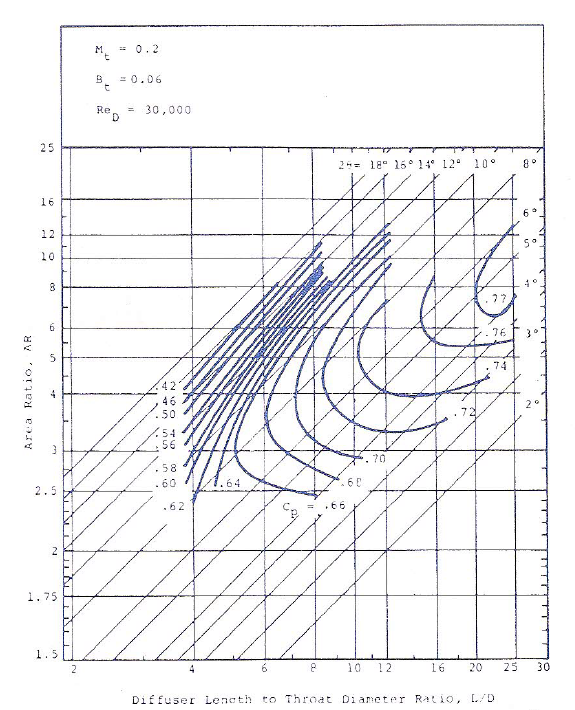Merriam-Webster’s definition is, “an agreement, combination, or group (as of companies) formed to undertake an enterprise beyond the resources of any one member.” The word is Latin, derived from “con” (together) and “sors” (fate). In commercial industries that rely on technology development, a consortium can be a way to share the cost of research and development among several companies that would benefit from the resulting technology. Consortia can also be commercial in nature. One example would be the company, Airbus, which was originally a consortium of European aerospace manufacturers. It eventually evolved into a standalone company, Airbus, SAS.
An industrial research and development consortium has a much different focus. Here, resources are pooled to study technology improvements that will benefit all the participants. Often, this entails participants paying a small fee to a separate entity, which manages the consortium and the associated R&D effort. Regular meetings ensure that the intent of the participants is maintained, and that all stakeholders are updated on progress, and agree on any changes in direction that may be suggested by interim results.
Companies join a consortium because they can pool resources with partners and competitors to leverage technology development that will benefit their businesses. Consortium members are generally given licenses to use the technology or know-how that was developed with the group funds.
Joining a consortium makes sense when you want to:
-
Manage (and share) the technical and financial risk of advanced R&D
-
Maintain a balanced strategy that allows one to focus on short term development while outsourcing long term R&D to a trusted partner
-
Remain on the frontier of the latest technological developments in your industry
-
Undertake and benefit from R&D that would otherwise be inaccessible
-
Gain a competitive advantage over companies not in the consortium
Concepts NREC has conducted over 25 different multi-company-sponsored programs over four decades with 300+ sponsorships. Most of these programs were initiated by Concepts NREC responding to a turbomachinery need. Frequently, these needs were brought to us by customers in response to challenges they faced. In every case, consortia participants received exclusive access to program results, giving them a competitive advantage. Many of these consortia made use of cutting edge test facilities, including eight test bays with state-of-the-art equipment, laser velocimetry, high-speed telemetry, and magnetic bearings for dynamic force measurements.
Concepts NREC-led consortia topics have included turbochargers, pumps, rotor thrust modeling, compressor and pump return channels, and a very extensive study of compressor diffuser geometries and their impacts on performance. For the latter, significant performance enhancements were shown for some new concepts. The final phase, Phase Vlll, of the Advanced Centrifugal Pump and Compressor Consortium for Diffuser and Volute Design is kicking off in early 2018. It will answer remaining questions about the best performing diffusers, referred to as “super-diffusers”, which have shown up to a 48% improvement in range.
Do you have a particularly challenging R&D issue, such as turbomachinery range extension? These types of technology development consortia can be a very inexpensive and low-risk way to gain an advantage in today’s competitive environment. Let us know, we are always up for a good challenge!



